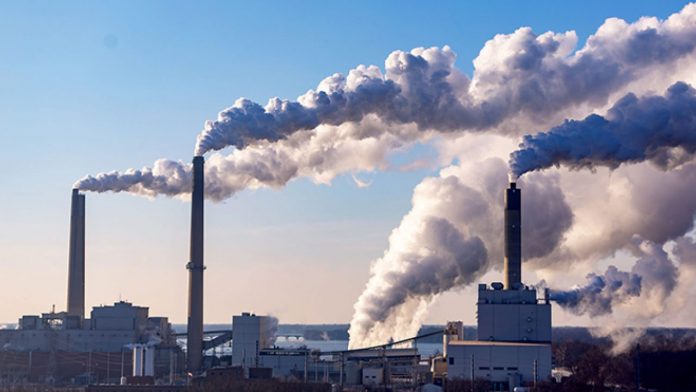As per the council for Energy, Environment and Water (CEEW) put forward, up to $1.2 billion a year can be saved by India by shutting down 30 gigawatts (GW) of its old coal-based thermal power plants and introducing new ones for long hours running.
Aside from the cost savings on 42 million tonnes of coal that would have been used otherwise, the environmental impact has obvious financial benefits. The money saved from not having to pay for pending pollution-control measures would also help. It will assist in addressing the underutilization of power-generation capacity while also freeing up funds for investments in cleaner energy sources. The Centre and the states should take the necessary step to act against inefficient coal-based plants. On the contrary, they appear to be more than eager to give polluters a pass. On April 1, the Centre published the Environment Protection (Amendment) Rules, which extend the compliance deadline for GHG-emitting coal-fired thermal power plants (TPPs). However, litigation managed to put the date back multiple times, with the most recent extension scheduled for 2022 (before the April 2021 extension). So far only a third of the TPPs have only undertaken such meaningful action. And with only a few months till the deadline, there’s no time to waste. The government had to extend the deadlines from 2024-2025 in certain cases. Worse, some plants that are set to retire which are far older than the rest have been allowed an extension.
Over 75 per cent of TPPs in India are under April leniency. It’s not difficult to anticipate how huge this step’s pollution footprint might be. The difficulty is also that, as this newspaper has previously stated, failure to meet the deadline would not result in harsh penalties. According to a study conducted by the Centre for Science and Environment (CSE) last year, this costs between Rs 5 and 11 lakh per MW. According to the plant capacity and pollution emitted, the cost of installing such emission control equipment is anticipated to be between Rs 40 and Rs 100 lakh. As a result, the penalty won’t hurt many TPPs, especially if retirement is on the horizon soon after the deadline. According to the modified Rules, those with the longest relief time will pay the lowest penalty sums, and the more inefficient plants will suffer a lesser punitive burden—the penalty is connected to generation, and smaller plants with lower load-running (meaning more pollution) will be charged a lower penalty.TPPs are responsible for 62% of India’s industrial particle pollution and 45% of sulphur pollution. Shutting down of older TPPs will be required if they are incapable of moving towards a cleaner generation. Considering the number of jobs at stake and the need for precise coordination between the states and the federal government (given how many TPPs are owned by state governments), it is worth studying in light of climate gains.
Follow and connect with us on Facebook, LinkedIn & Twitter

